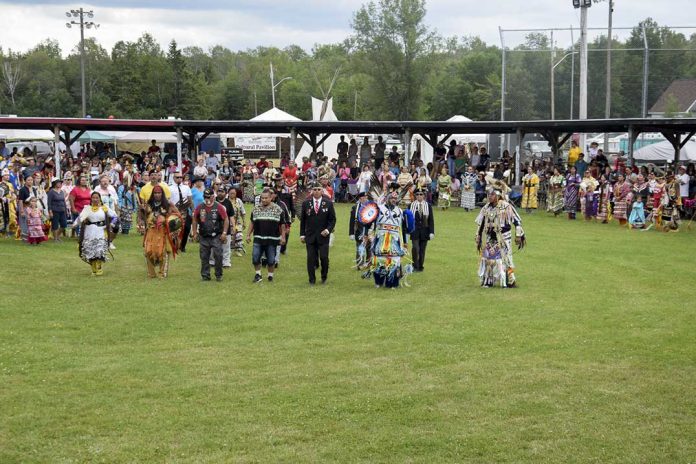GORE BAY – While the announcement of FedNor funding designed to help businesses across Northern Ontario that have been unable to access existing relief measures due to COVID-19 is good news, it is not enough to keep up with the current demand, says Mike Addison, general manager of the Lacloche-Manitoulin Business Assistance Corporation (LAMBAC).
“The funding is good, but it is just not going to be enough,” stated Mr. Addison last week. “We’re going to be receiving some of the funding to help businesses. Once Prime Minister (Justin) Trudeau made the announcement we started getting calls from local businesses, but we hadn’t at the time been notified that this funding was coming.”
Mr. Addison noted that $25 million has been provided for Northern Ontario Community Futures Development Corporations (CFDCs), of which LAMBAC is one, “so there will be about $1 million for each CFDC. And we can provide loans up to $40,000 for businesses to make it through. The problem is if every business asks for the limit of $40,000, we will only be able to help 22 clients. We have 100 clients that we work with currently. We are hoping businesses will ask for only what they need; we are hoping they are looking for $15,000 in funding—that will allow us to help more businesses.”
“The COVID-19 pandemic has resulted in uncertainty and anxiety for businesses and their employees. Small- and medium-sized enterprises (SMEs) are the heart of our economy and our communities. That is why the government of Canada has implemented a series of concrete and tangible measures to help them retain their employees, pay rent and access capital to pay their bills,” a press release announcing the funding states.
Building on these measures, the new Regional Relief and Recovery Fund (RRRF) is being delivered through the regional development agencies (RDAs) to help more businesses and organizations in sectors such as manufacturing, technology, tourism and others that are key to the regions and local economies.
On May 13, Melanie Joly, minister of Economic Development and Official Languages, announced that Northern Ontario businesses that are unable to access other existing measures can now apply for RRRF support through FedNor. As the RDA for Northern Ontario, FedNor will work with key partners, such as CFDCs across the region, to help businesses get through these difficult times. A total of $49.5 million will be available for the region’s businesses, a release explained.
The Government of Canada’s efforts are making a difference for many local businesses, but some are still falling through the cracks and are still ineligible, particularly in rural and remote communities. This is where the RRRF comes in, with $962 million—including $49.5 million for Northern Ontario—to support businesses economically impacted by the COVID-19 pandemic that cannot access existing measures.
“No matter how wide we extend the safety net, businesses across Canada continue to slip through the cracks. Many entrepreneurs are still anxious about whether they will get the help they need. With nearly a billion dollars in support across the country, the RRRF will fill in some of the gaps. Our message to Canadians is clear: we are here for you now, we will be here for you in the weeks and months to come and we will get through this together. We’ve got your back,” said Minister Joly.
“What we are looking at (in the funding applications) is whether the business had been viable to March 15, 2020, or if it struggled to remain open before this time. If a business cannot survive times that are good, they won’t survive when times aren’t,” said Mr. Addison. “Businesses that are viable and make it through this difficult time will be the backbone of our community when this is all done.”
“They (government criteria) want us to focus on more regular Main Street-type businesses, not big manufacturing, such as restaurants and retail, and identify sectors where businesses are owned by women, Indigenous businesses, and tourism,” said Mr. Addison.
“Our mandate is to help small- and medium-sized enterprises with up to 500 employees,” said Mr. Addison. “And the applicant has to have attempted to gain funding through other federal programs, but has not received any support as of yet. As well, the business has had to be viable as of March 1, 2020, and established by then. And they have to show they have been adversely affected by the COVID-19 pandemic. As well, the business applicants have to indicate what they have done to help their business, for example a restaurant that has been open for takeout service.”
“We have been flooded with applications, we have way more requests for support than we have money,” stated Mr. Addison. He pointed out, “Community Futures Ontario is putting out a checklist with questions and businesses can go to their website if they feel they qualify for funding. We want to help, but we won’t have the money to help all businesses with this funding.”





